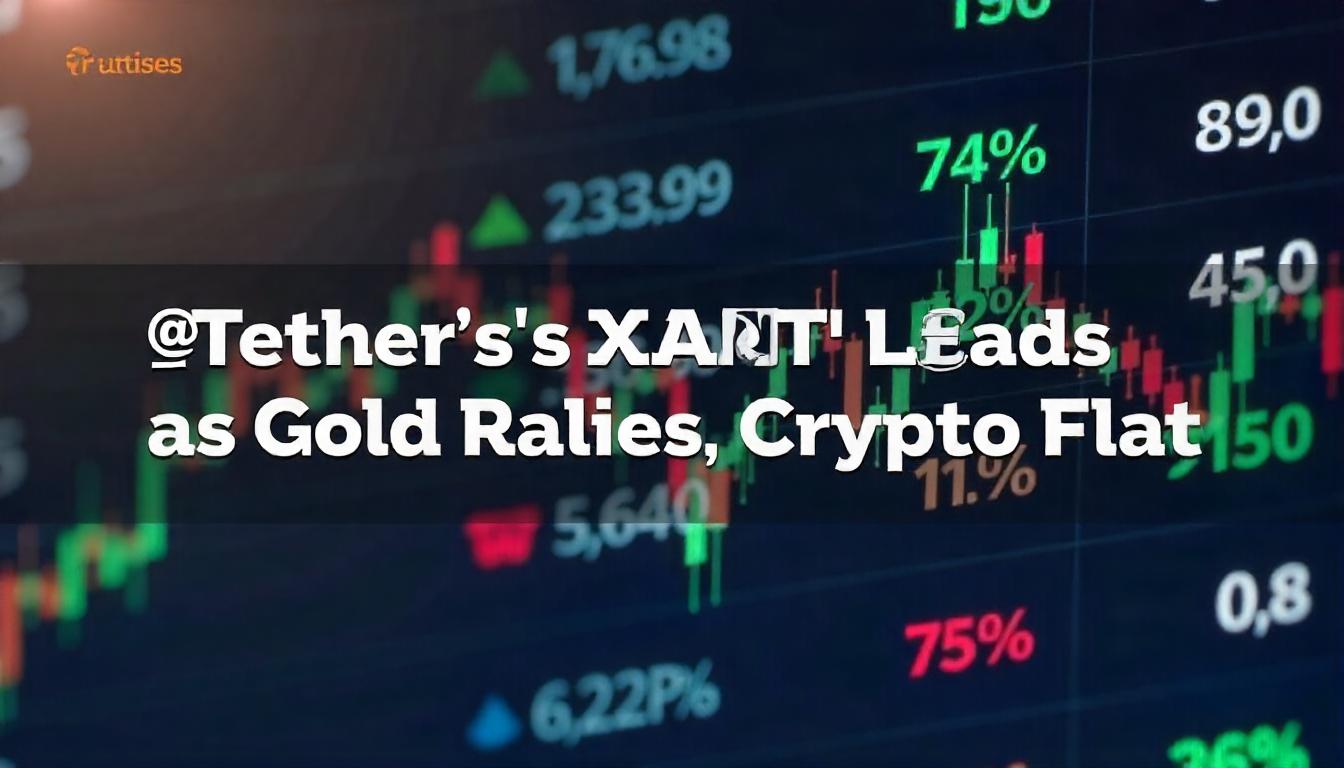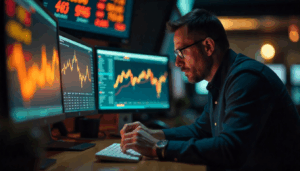XAUT Outshines Peers as Gold Prices Soar and Crypto Market Trades Sideways
Gold-Backed Tokens Shine as Investors Hedge Amid Lingering Policy Jitters
Despite a temporary de-escalation in U.S.-China trade tensions, crypto investors—particularly in Asia—are maintaining a cautious stance, doubling down on tokenized gold assets as a hedge against macroeconomic uncertainty.
Tether’s XAUT and Paxos’ PAXG, two of the most prominent gold-backed digital tokens, led the charge. XAUT climbed 3.4% in the past 24 hours, securing a spot among the top 10 performing crypto assets, on-chain data shows. The broader tokenized gold sector rose 4.3%, sharply outpacing the CoinDesk 20 Index, which slumped by 2% over the same timeframe.
The price of gold initially dipped during early Asia trading hours after briefly breaking new records in late U.S. trading, and is currently hovering around $3,218 per ounce in Hong Kong, according to TradingView.
Asian equity markets reflected a fragmented outlook: Hong Kong’s Hang Seng slipped 0.2%, Shanghai’s SSE rose 0.12%, Taipei’s TAIEX jumped 1.6%, while Japan’s Nikkei 225 dropped sharply by 3.5%.
Despite a softening of trade hostilities, investors remain uneasy about the erratic nature of White House economic policies and mounting fiscal concerns in the U.S. “Even when tensions cool, unpredictability lingers,” one analyst noted.
Fueling further gold enthusiasm is a renewed focus on America’s ballooning fiscal deficit. “Halfway through fiscal year 2025, the U.S. deficit is up by $1.3 trillion, now running at an annualized $2.6 trillion, or 9% of GDP,” tweeted Jeffrey Gundlach, CEO of DoubleLine Capital.
China, meanwhile, is reportedly preparing a $136 billion stimulus package, with proposed rate cuts and increased government spending, according to state media—a potential tailwind for global risk assets and commodities.
In the broader crypto market, DeFi-related tokens also gained traction. Curve DAO’s CRV surged 18% after reports surfaced that the U.S. plans to ease enforcement actions on decentralized finance platforms—potentially setting the stage for a regulatory pivot.
Share this content:













